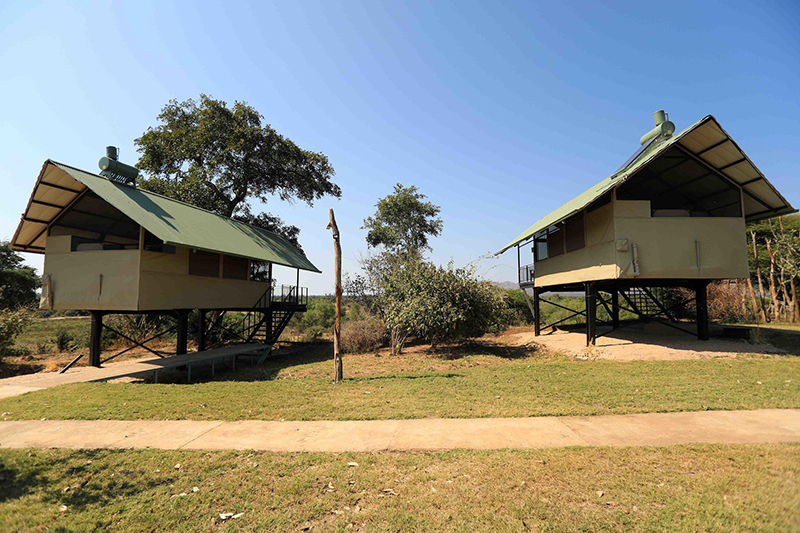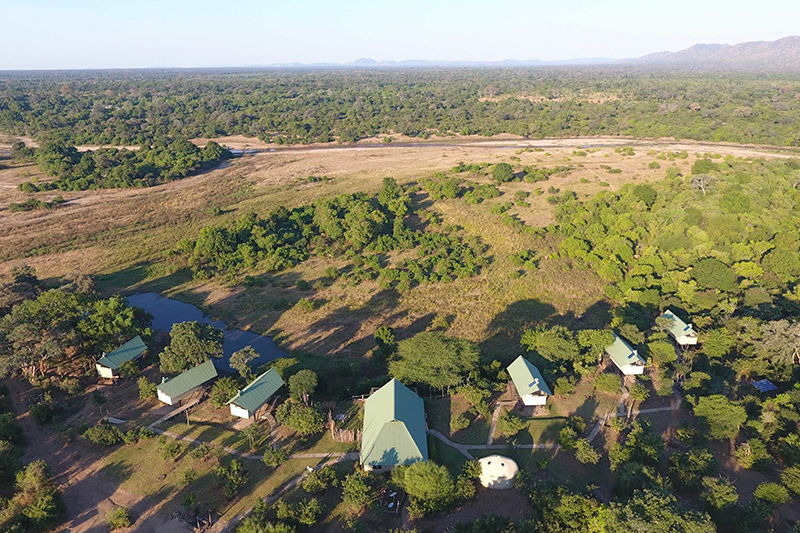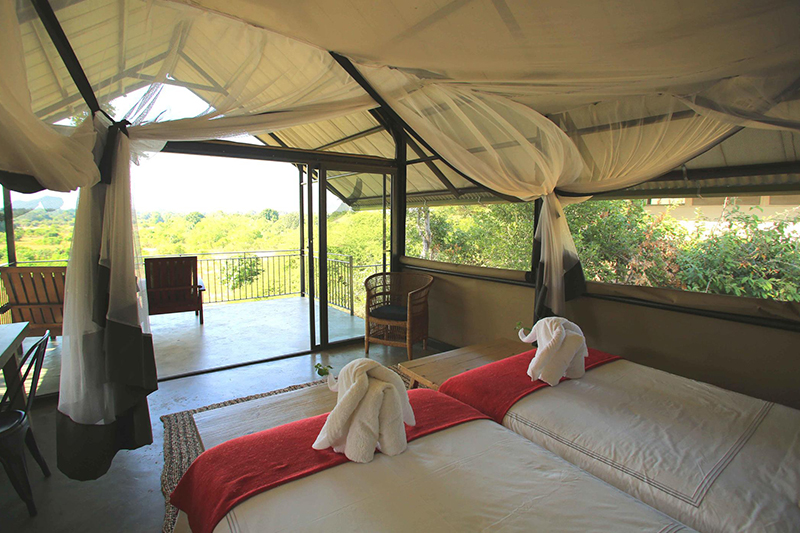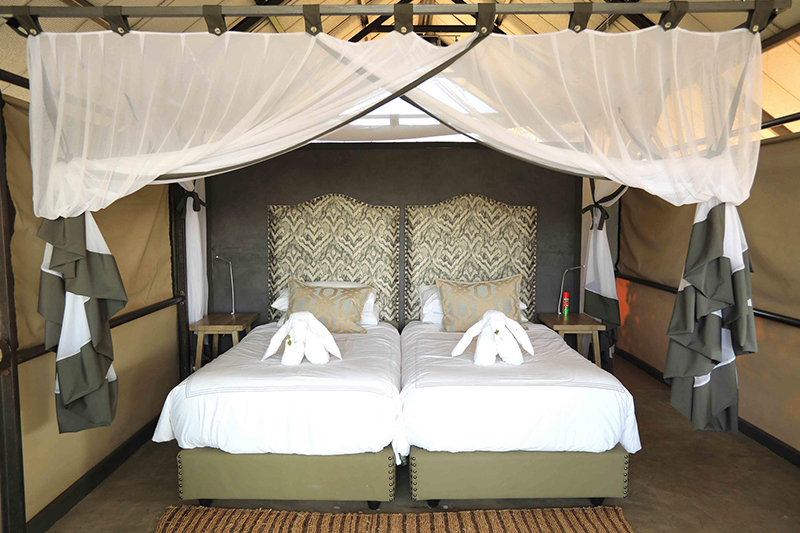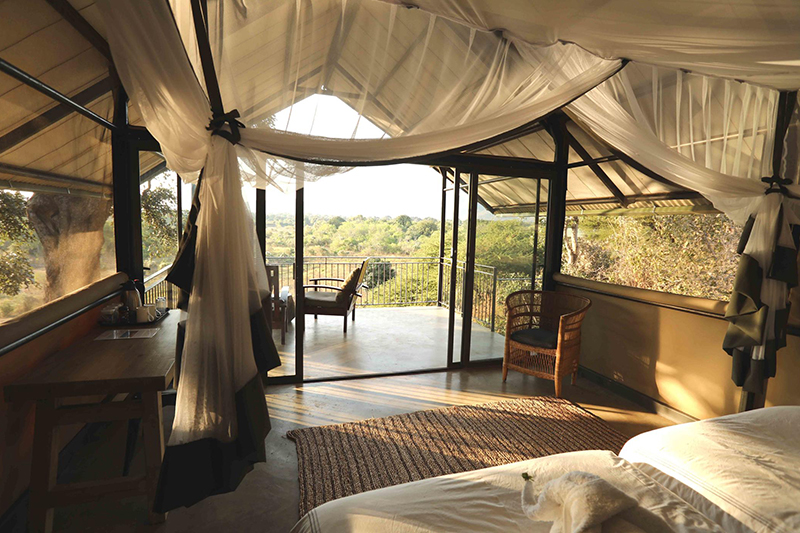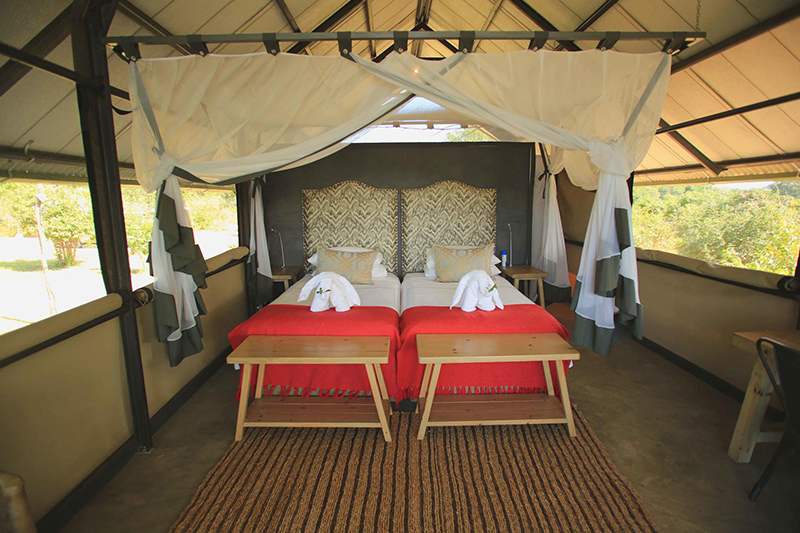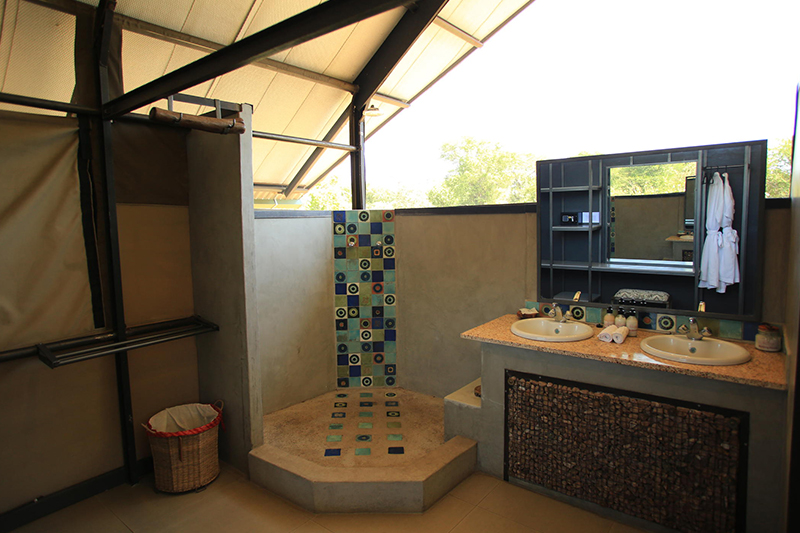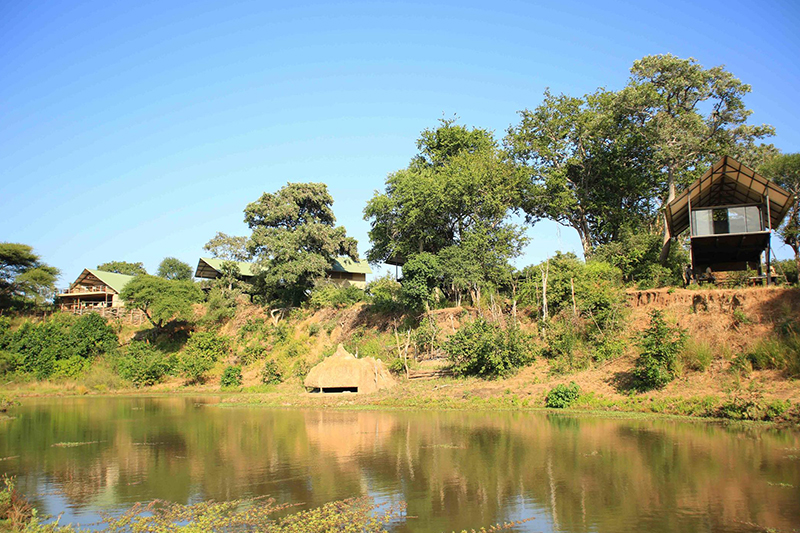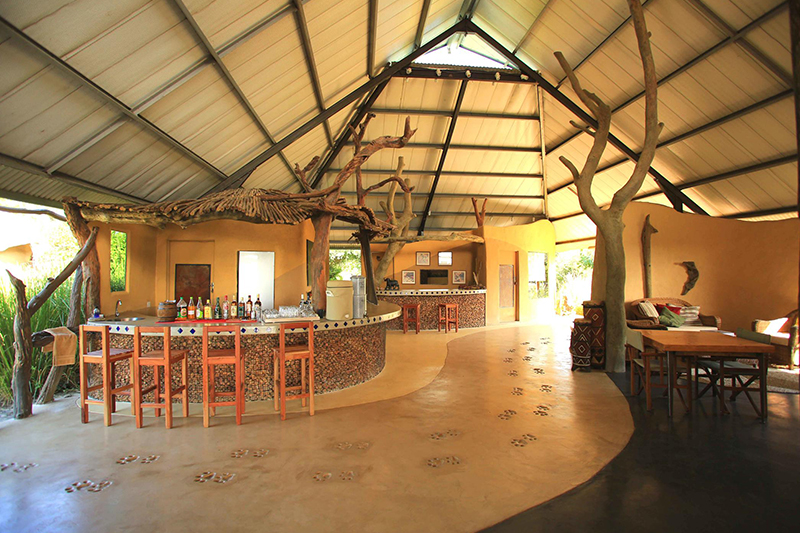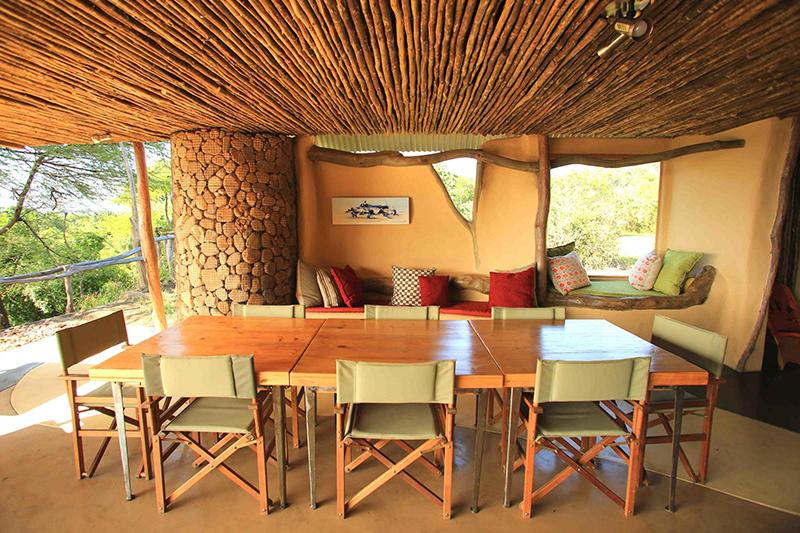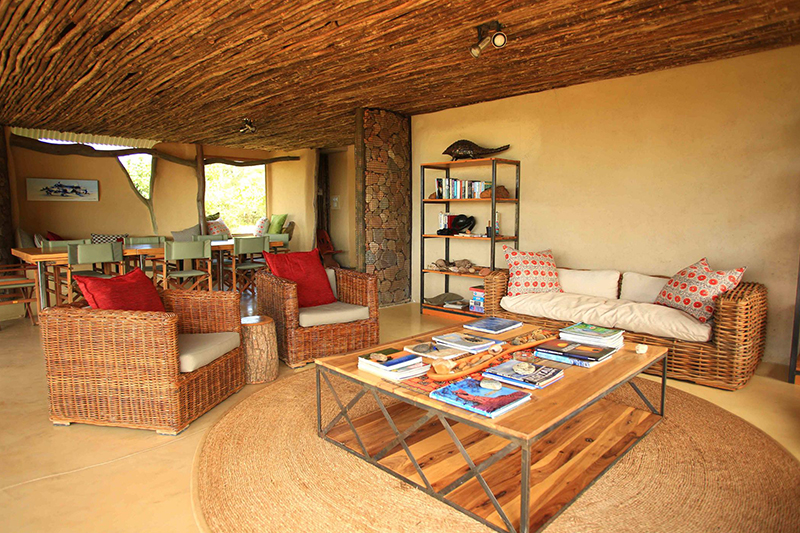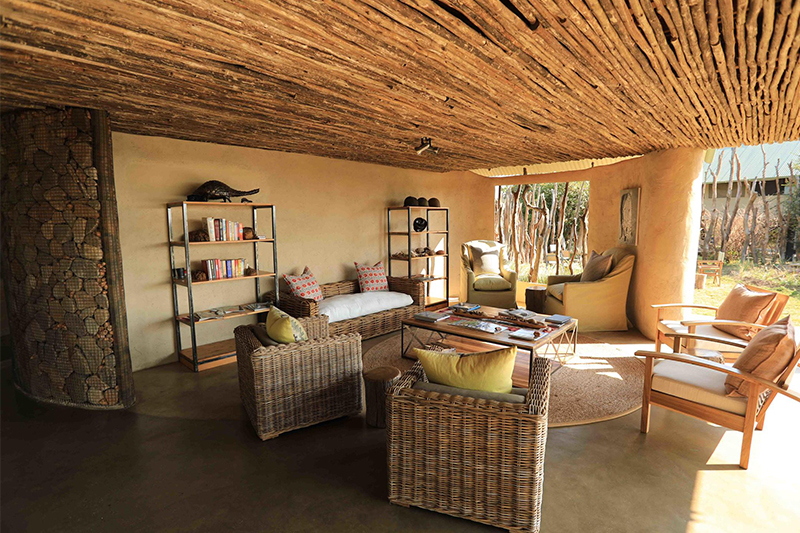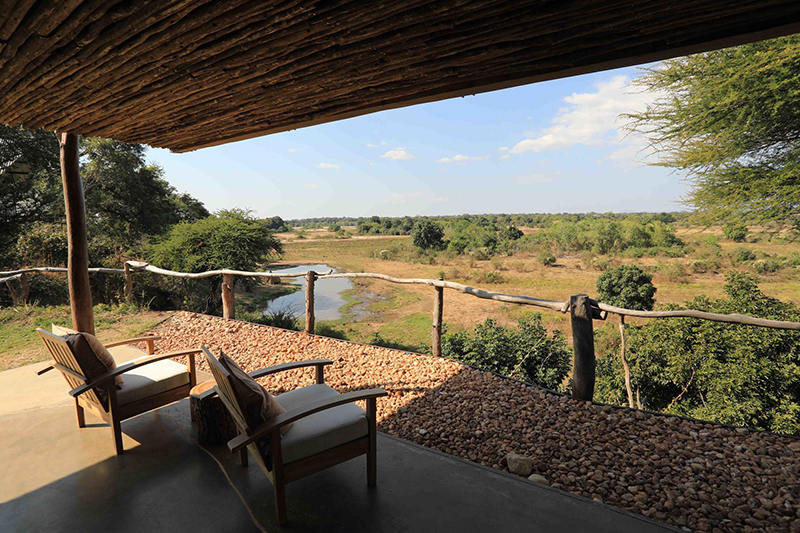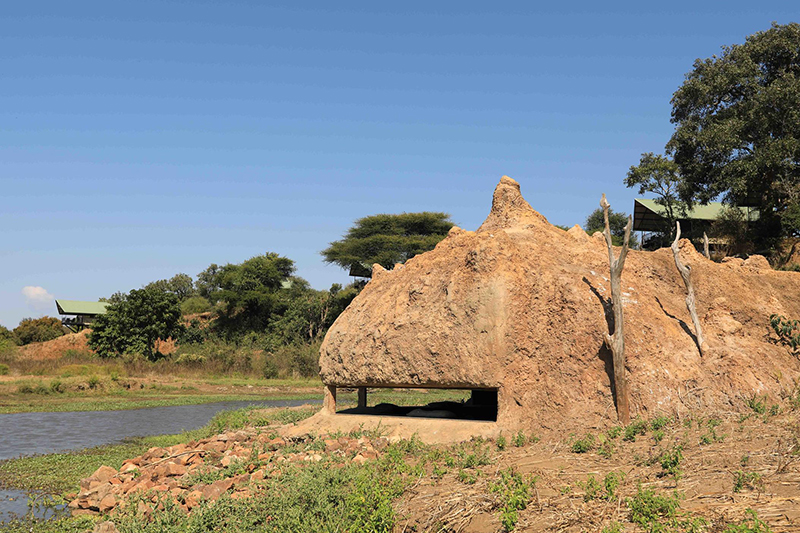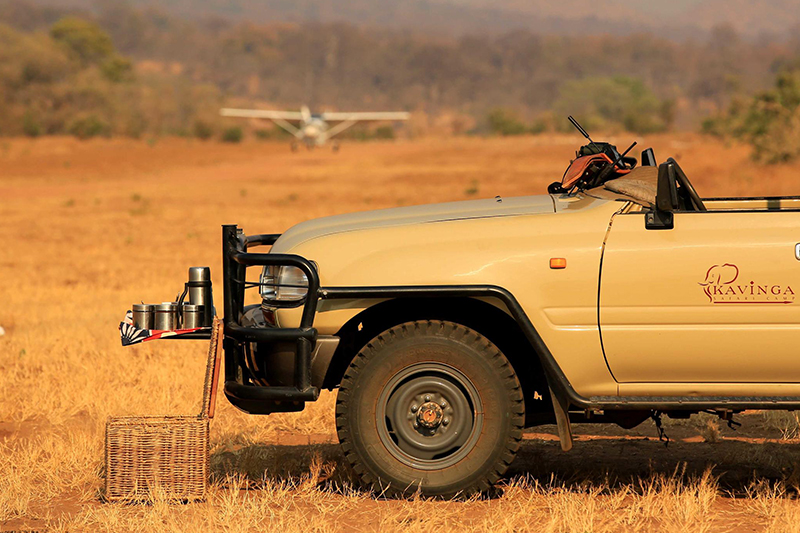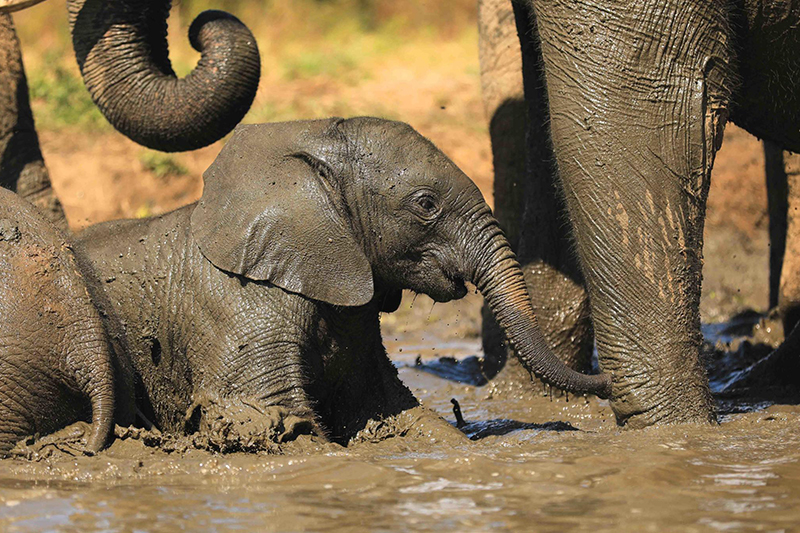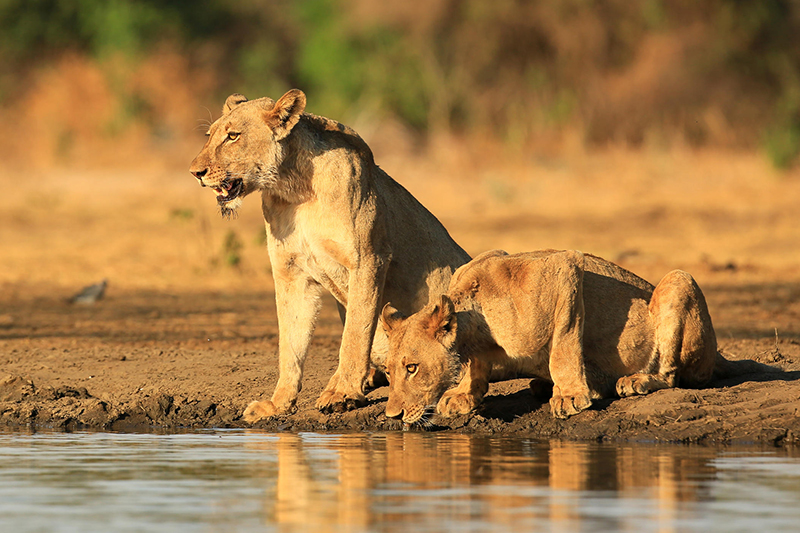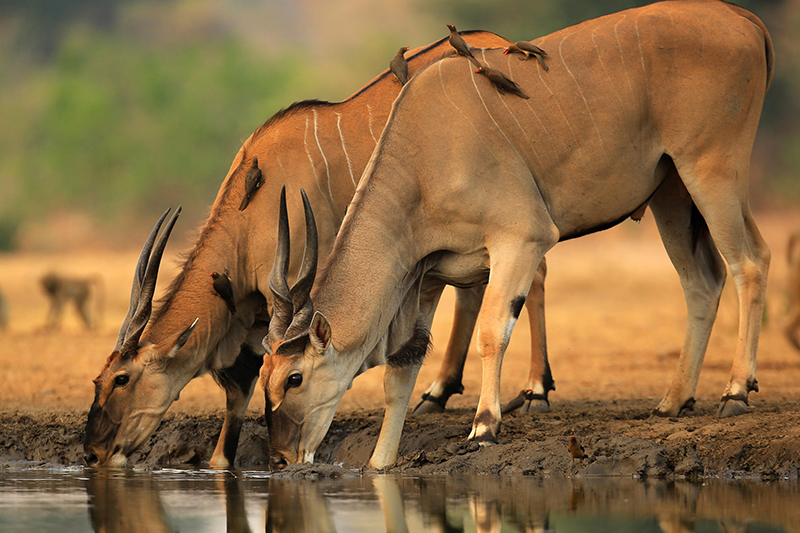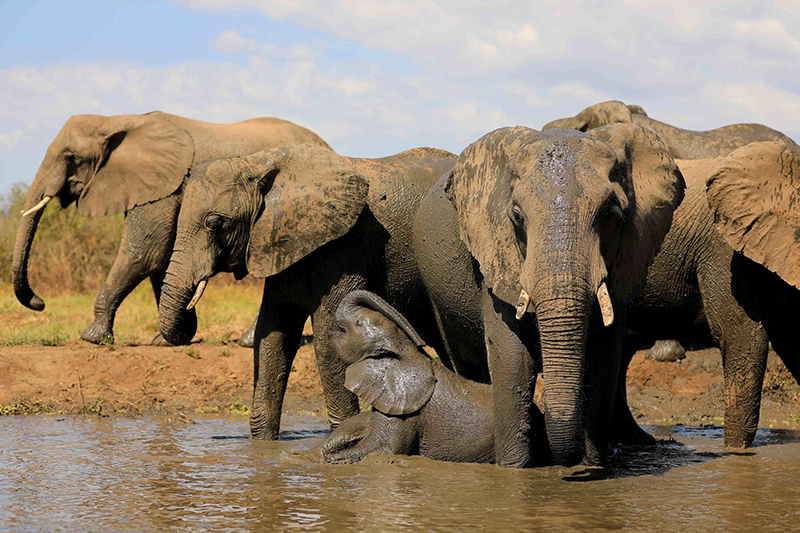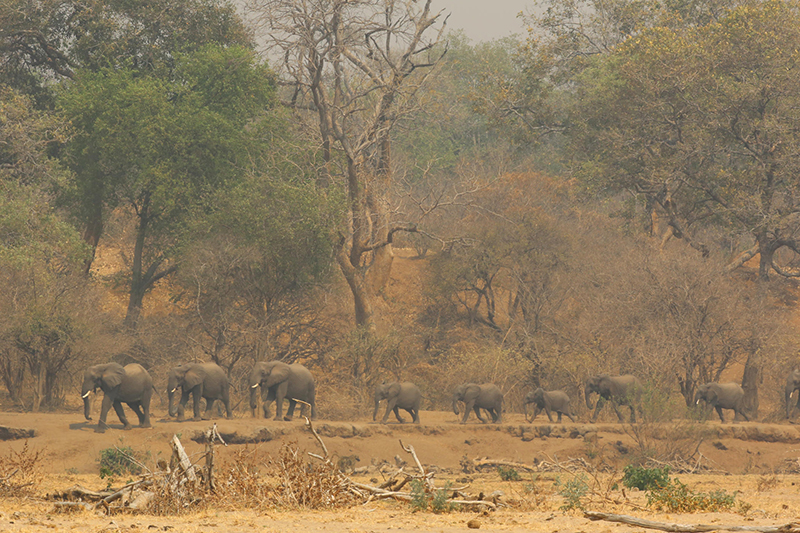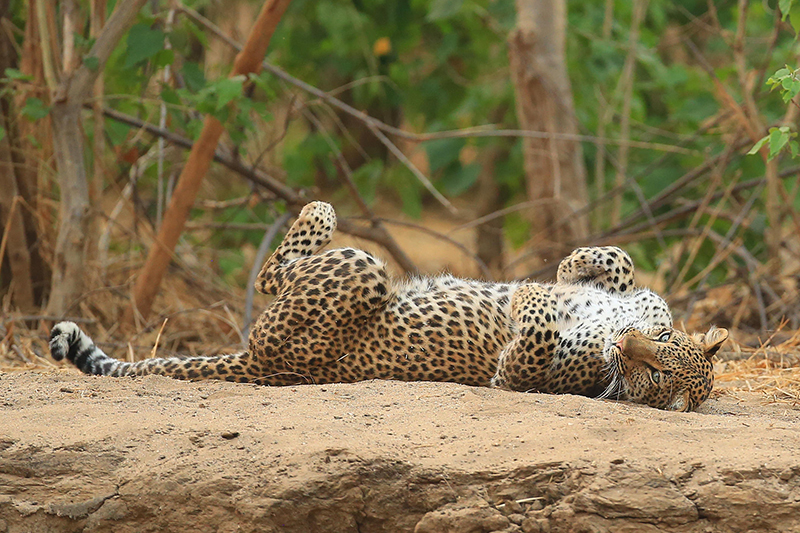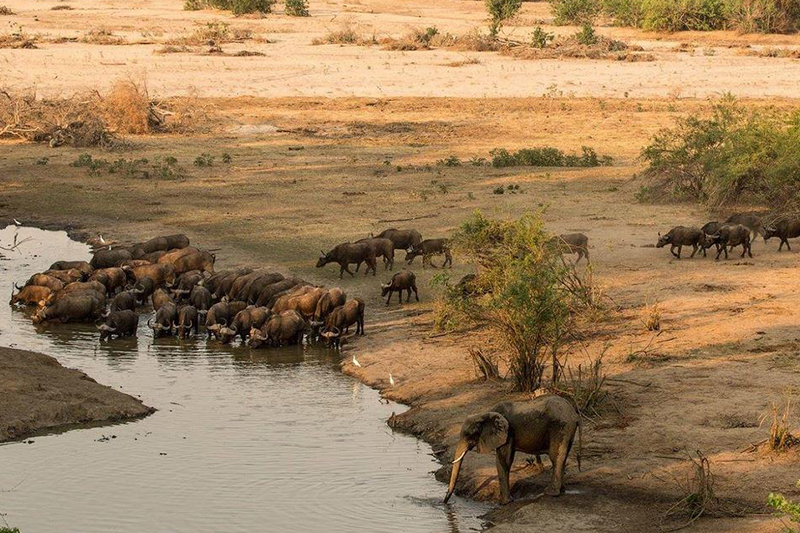Kavinga Safari Camp
Kavinga Safari Camp sits on a wide bend in the Ruckomechi River on the southern edge of Mana Pools National Park.
Unlike the majority of camps in Mana Pools, Kavinga Safari Camp is located far from the Zambezi River, in a remote and exclusive wilderness area. The camp is set against the backdrop of the Zambezi Escarpment and overlooks the dry Ruckomechi riverbed. Whilst game drives and walking safaris are possible from camp, the real highlight of the camp is a pumped waterhole which is the only source of water for many miles around and attracts huge quantities of game and birdlife during the dry season. The camp is set on cliffs overlooking the water hole, whilst a sunken hide disguised as a termite mound overlooks the waterhole at eye level and offers superb close encounters with both big game and birds. Towards the end of the dry season, it is not uncommon to see lion, leopard, wild dogs, buffalo and elephant visiting the water hole on a daily basis. Visiting Kavinga is ideal for those looking for a more relaxed couple of days with a focus on the water hole experience, and it makes a good combination with a camp on the river.
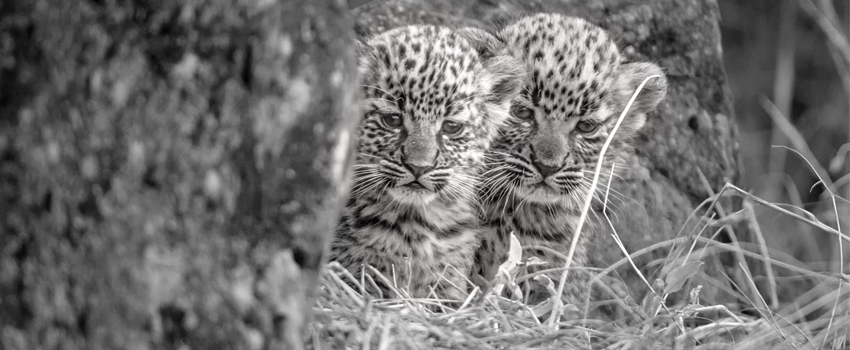
ACCOMMODATION
The camp is built on high cliffs overlooking the water hole. There are seven accommodation tents, each built onto raised decks. Each tent has an en suite bathroom at the rear…
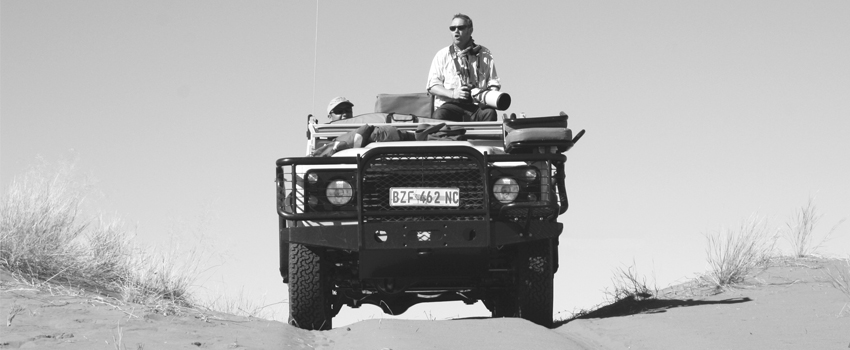
AREA & ACTIVITIES
Mana Pools National Park, a World Heritage Site, is a beautiful wilderness area, in northern Zimbabwe where the floodplains of the mighty Zambezi, wooded with acacia and mahogany trees…
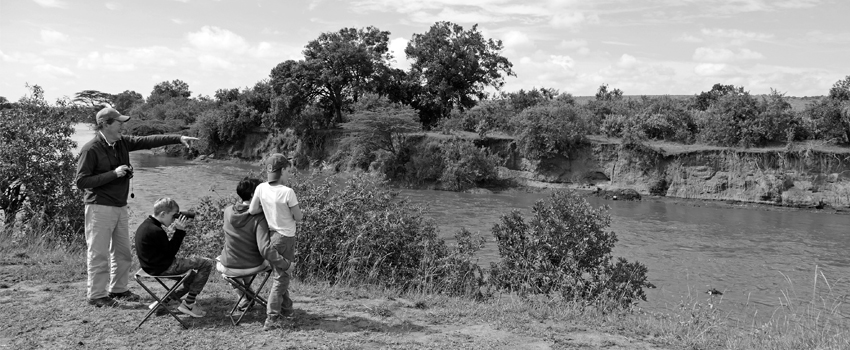
Families
Children aged 10 years are welcome (younger children are accepted if the camp is booked exclusively; note 14 years is the minimum age for walking), but with no dedicated family tent…
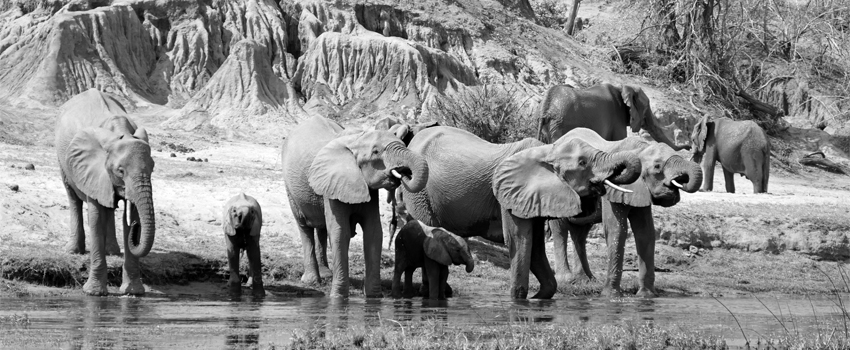
Conservation & community
Kavinga Safari Camp offers logistical and practical support to Zimbabwe Parks’ anti-poaching units and was instrumental in constructing their Zuvaru rangers’ camp…
| Location | Mana Pools National Park |
| Access | Scheduled or Charter flight to Ruckomechi Airstrip (20 minute drive from camp) |
| Open | April to November |
| Pricing | £££££ |
| Camp Style | Tented Camp |
| Focus | Inland experience of Mana Pools / Waterhole wildlife viewing / Big game / Photography / Walking safaris |
| Children | 10 years + |
| Activities | Game drives (day and night) / Walking safaris / Birding / Hide viewing |
| Vehicles | Open |
| Maximum Guests on Vehicle | 6 |
| Private Vehicle Options | Yes |
| Off-road Driving | No |
| Number of Rooms | 7 tents |
| Family Accommodation | No |
| Bathroom | Plumbed basin / Plumbed shower / Flush toilet |
| Power for charging | In room |
| Lighting | Solar |
| Hairdryer | Not possible |
| Heating/Cooling | Standing fans |
| Room Safe | Yes |
| Laundry Service | Complimentary |
| Communication in room | Radio and whistle |
| Wi-Fi | Throughout |
| Mobile Reception | No |
| Swimming | Communal |
| Wellness | No |
| Dining Style | Communal |
| Drinks Included | House drinks only |
| Credit Cards | Not accepted |


